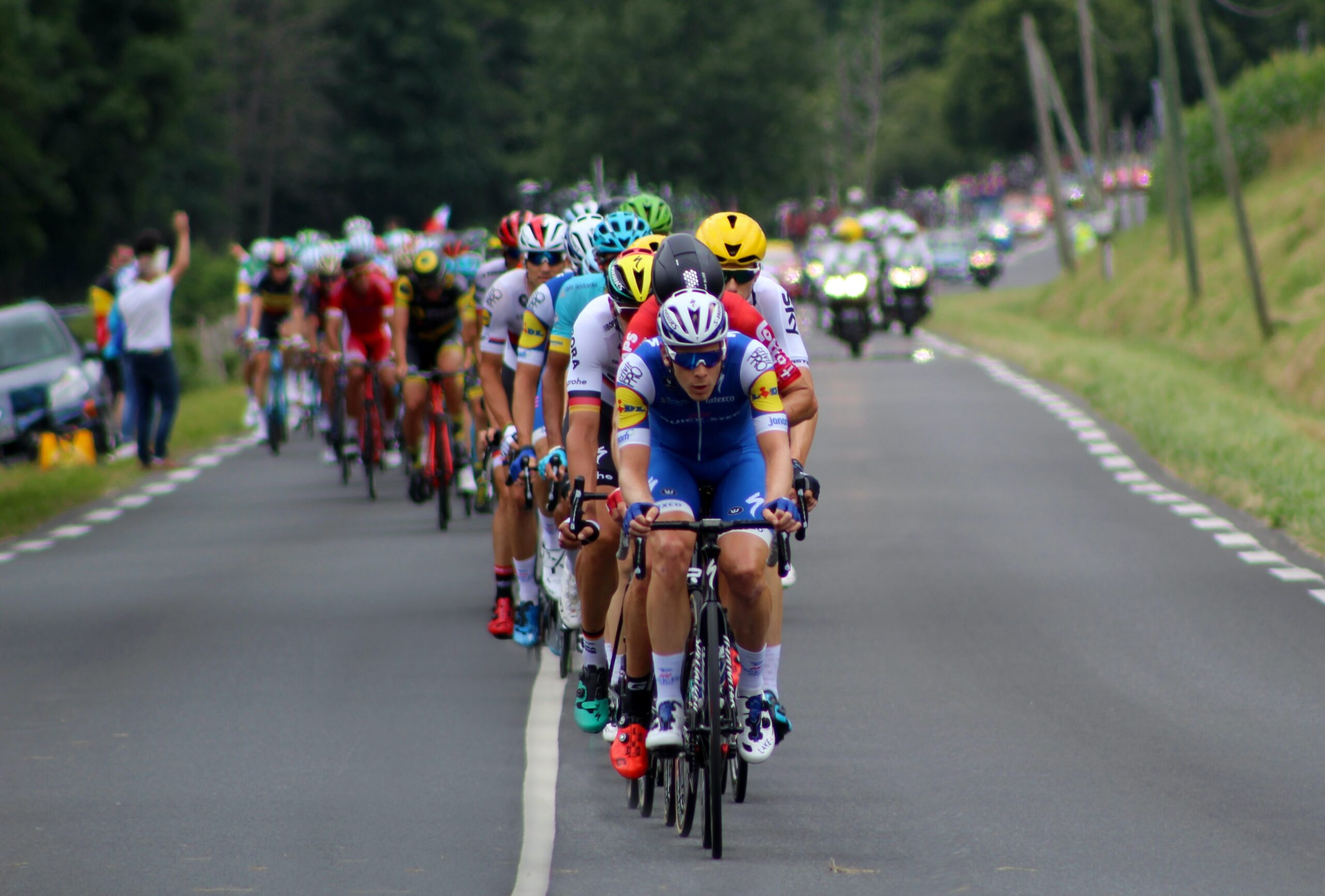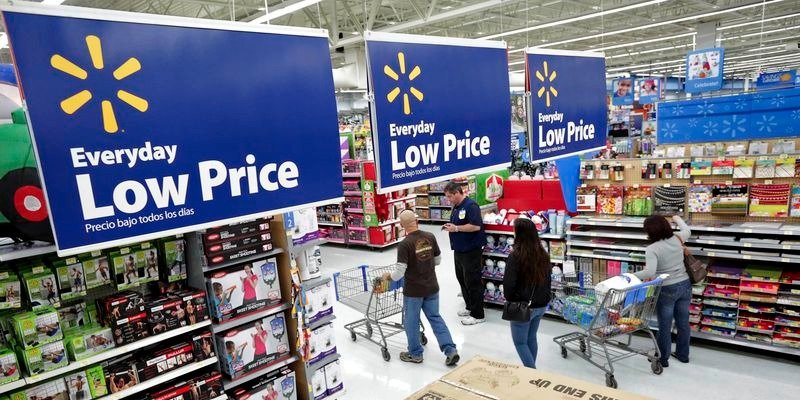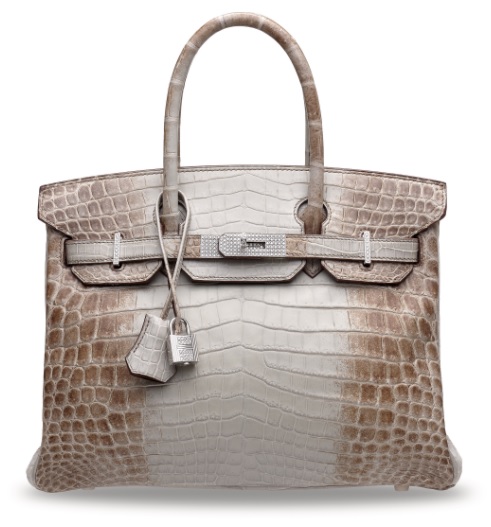In a sales situation, a salesperson looks to convince a customer to buy their (product or service) offering. To do that, they must showcase how their offering creates value for the customer. They are aware that the customer would be comparing their offering with those of their competitors. This is where the competitive advantage comes into the picture.
Competitive advantage renders you an edge over your rivals. A company’s competitive advantage makes their (product or service) offering more desirable to customers than those of their competitors.
According to Investopedia, competitive advantage refers to factors that allow a company to produce goods or services better or more cheaply than its rivals.
The factors could be price, product quality, delivery speed, customer service, location, and so on.
Among these, the price factor is different from the other factors.
Let’s see how.
Competitive Advantage: the ‘Price factor’
When a business competes on price, they price their products lower than their competitors’ prices. Therefore, they must produce the product at a low cost to sell it at a profit.
For example, Walmart competes on price. Their slogan is “everyday low prices”. They must produce or procure products at a very low cost to sell at a profit.
Competitive Advantage: the ‘Other factors’
When a business competes on factors other than price, they must ensure high differentiation from the competitors on that factor. Their slogan would be the best quality, higher speed, better customer service, and so on. However, it takes additional resources, and thus higher costs, to create differentiation. Hence, they must price the product at a premium to sell it at a profit.
For example, dubbed as the world’s most coveted handbags, Hermès Birkin bags are super-expensive. Each bag is handmade by a single artisan craftsman using premium materials like calf skin, alligator skin, and even ostrich skin. And there is a waiting list for the top ones like the one shown here.
This low cost and high differentiation form the basis of business strategy for firms.
Porter defined these two ways in which an organization can achieve a competitive advantage over its rivals as cost advantage and differentiation advantage.
Cost advantage & differentiation advantage served us well.
Thus far.
However, competitive advantage must be sustainable. It should help us sell in today’s fiercely competitive markets and tomorrows. In the absence of sustainable competitive advantage, your product may not continue to sell for long.
This is where the challenge is.
Both these sources of competitive advantage are seller-centric. They talk about seller’s cost advantage and seller’s differentiation advantage.
The thing is, competitive advantage for a business is the factor (or reason) for which the business wants customers to buy their products.
And the truth is, customers buy anything for THEIR own reasons, not yours.
Please do let the above two insights sink-in before you read ahead.
Therefore, it follows that, the factor for which a business wants customers to buy their products should be customer-centric.
That is, the source of competitive advantage for a business should be customer-centric (and not seller-centric).
This is like the movement of scientific theory from the Ptolemaic system (the earth at the centre of the universe) to the Copernican system (the sun at the centre of the universe).
It is a paradigm shift.
When that happens, a business will always be aligned with customer-needs. As and when the customer buying preference changes, a business will be able to respond to the change by correspondingly aligning their source of competitive advantage.
Savvy?! But wait.
What is the significance of this finding?
This signifies that the existing ways of building competitive advantage – cost and differentiation advantage – alone may not suffice.
The evidence is in the huge number of businesses shutting down, like Arcadia group, Chuck E. Cheese, Debenhams, J. Crew, JC Penny, Mamas & Papas, Mothercare, Neiman Marcus, and Wallis to name a few. Some of them are (sorry, were) iconic retailers. The list is long. Many of them are permanently closing most of their stores. Don’t we know that all of them had built competitive advantage the traditional way?
In short, we need to build the next frontier for developing sustainable competitive advantage.
And how do we do that?
Can we do it through product differentiation?
We do it by putting in place a mechanism to understand your customers like never before.
This doesn’t sound anything new, right?
Except, the ways of understanding a customer have undergone a sea-change. There is a lot more we can learn about a customer to help them.
Let us summarise the whole thing.
In the internet age, when brick-and-mortar businesses are finding it difficult to compete and are closing down, companies cannot rely only on the traditional meaning and sources of competitive advantage.
There is a need to build new frontier.
Developing your customer intelligence is the first step in that direction. That entails understanding many more things than we have ever known until now. This new frontier of competitive advantage helps you build a solid platform to grow further and beyond.
Besides, who has ever gone wrong knowing more about their customers?
Related Posts:
- Analytics in Healthcare: A Veravizion Case Study
- Customer-centric Sales is the New Competitive Advantage
- Want to succeed in your venture? Don’t start with planning
<– e-Retail Innovations – How e-Retail is Changing?
Product Differentiation: Why it isn’t enough anymore –>
Cover Photo courtesy: Rob Wingate on Unsplash
If you liked reading this article, then please subscribe to our blog – Veracles. That way, you can receive interesting insights in email.
Also, please do follow Veravizion on LinkedIn, Twitter, or Facebook to receive easy updates.



2 Comments
Sourabh M
January 30, 2021 at 11:29 amWell said! Isn’t it very common human behaviour that we want to tell people more than listening. Listening to customers is the first key for success…and then acting upon it.
Veravizion
January 30, 2021 at 3:14 pmAbsolutely spot-on Sourabh! Thanks for sharing that gem of an insight. You may find it interesting that one of the past Veracles we had posted was EXACTLY on the point you have mentioned. Here’s the link: https://www.veravizion.com/how-do-you-achieve-strategic-transformation-for-enduring-growth-of-your-company-part-ii/